Hyundai IONIQ 5 vs Vauxhall Grandland – Performance, range & efficiency compared
Two cars, one duel: Hyundai IONIQ 5 meets Vauxhall Grandland.
Which one wins in performance, efficiency and value for money? Find out now!
Costs and Efficiency:
Price and efficiency are often the first things buyers look at. Here it becomes clear which model has the long-term edge – whether at the pump, the plug, or in purchase price.
Vauxhall Grandland has a slightly advantage in terms of price – it starts at 32600 £, while the Hyundai IONIQ 5 costs 38500 £. That’s a price difference of around 5923 £.
In terms of energy consumption, the advantage goes to the Hyundai IONIQ 5: with 15.60 kWh per 100 km, it’s minimal more efficient than the Vauxhall Grandland with 16.90 kWh. That’s a difference of about 1.30 kWh.
As for range, the Hyundai IONIQ 5 performs slight better – achieving up to 570 km, about 47 km more than the Vauxhall Grandland.
Engine and Performance:
Power, torque and acceleration are the classic benchmarks for car enthusiasts – and here, some clear differences start to show.
When it comes to engine power, the Hyundai IONIQ 5 has a decisively edge – offering 650 HP compared to 325 HP. That’s roughly 325 HP more horsepower.
In acceleration from 0 to 100 km/h, the Hyundai IONIQ 5 is significantly quicker – completing the sprint in 3.50 s, while the Vauxhall Grandland takes 6.10 s. That’s about 2.60 s faster.
In terms of top speed, the Hyundai IONIQ 5 performs a bit better – reaching 260 km/h, while the Vauxhall Grandland tops out at 220 km/h. The difference is around 40 km/h.
There’s also a difference in torque: Hyundai IONIQ 5 pulls noticeable stronger with 770 Nm compared to 509 Nm. That’s about 261 Nm difference.
Space and Everyday Use:
Whether family car or daily driver – which one offers more room, flexibility and comfort?
Both vehicles offer seating for 5 people.
In curb weight, Vauxhall Grandland is to a small extent lighter – 1675 kg compared to 1955 kg. The difference is around 280 kg.
In terms of boot space, the Vauxhall Grandland offers slight more room – 550 L compared to 520 L. That’s a difference of about 30 L.
In maximum load capacity, the Vauxhall Grandland performs barely noticeable better – up to 1645 L, which is about 65 L more than the Hyundai IONIQ 5.
When it comes to payload, Vauxhall Grandland minimal takes the win – 568 kg compared to 530 kg. That’s a difference of about 38 kg.
Who comes out on top?
Overall, the Hyundai IONIQ 5 shows itself to be outperforms in nearly all aspects and secures the title of DriveDuel Champion.
It convinces with the more balanced overall package and proves to be the more versatile choice for everyday use.
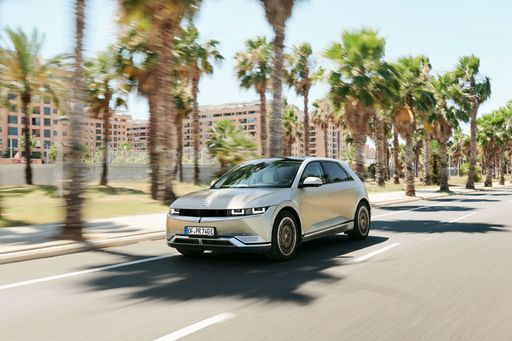
Hyundai IONIQ 5
Hyundai IONIQ 5
The Hyundai IONIQ 5 showcases a bold and futuristic design that captures attention with its striking facade and sharp lines. This electric vehicle offers an impressive blend of performance and efficiency, making it a compelling choice for environmentally conscious drivers. Inside, the spacious and tech-forward interior provides a comfortable and engaging driving experience for both driver and passengers.
details @ hyundai.news
@ hyundai.news
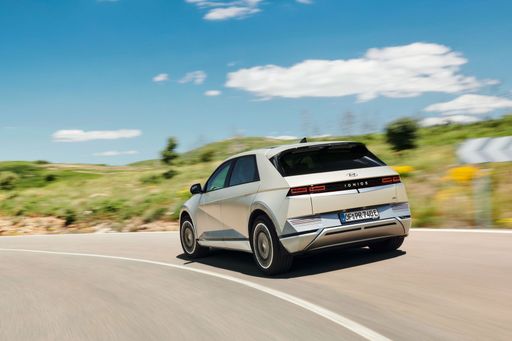 @ hyundai.news
@ hyundai.news
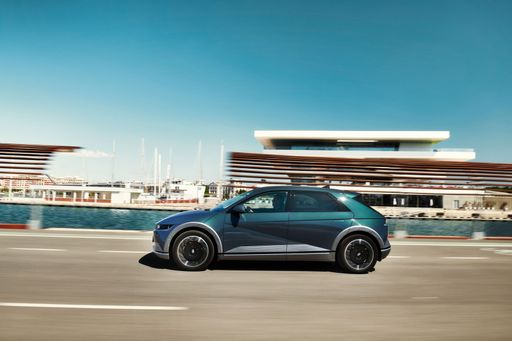 @ hyundai.news
@ hyundai.news
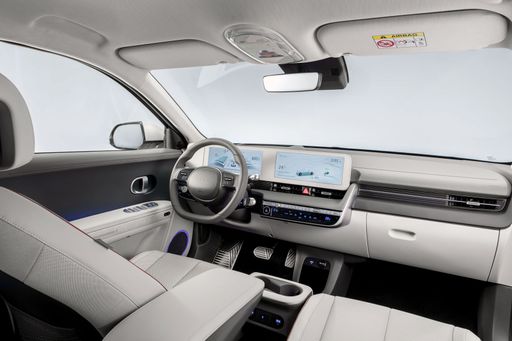 @ hyundai.news
@ hyundai.news
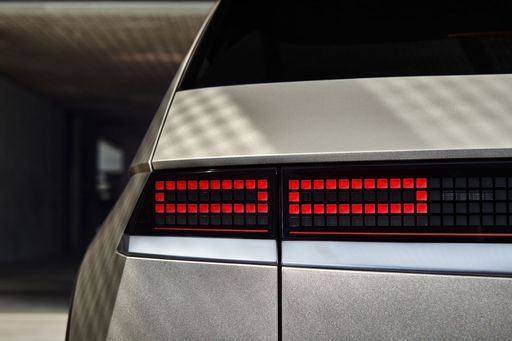 @ hyundai.news
@ hyundai.news
Vauxhall Grandland
The Opel Grandland offers a blend of style and practicality, making it an appealing choice for those seeking a versatile SUV. Its sleek design is complemented by a comfortable and spacious interior, providing an enjoyable driving experience for both short commutes and long journeys. Advanced technology and safety features enhance the overall appeal, ensuring drivers feel confident and connected on the road.
details @ media.stellantis.com
@ media.stellantis.com
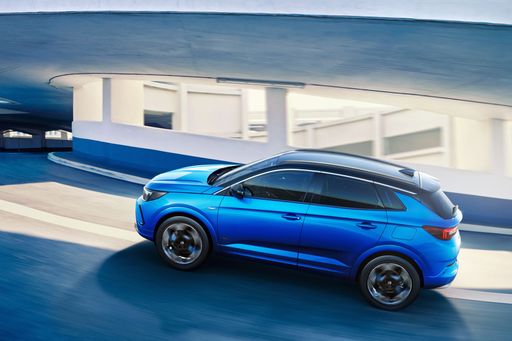 @ media.stellantis.com
@ media.stellantis.com
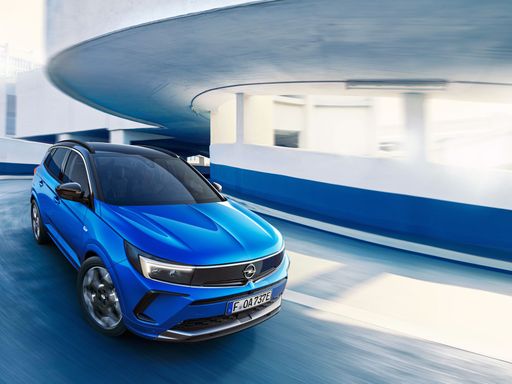 @ media.stellantis.com
@ media.stellantis.com
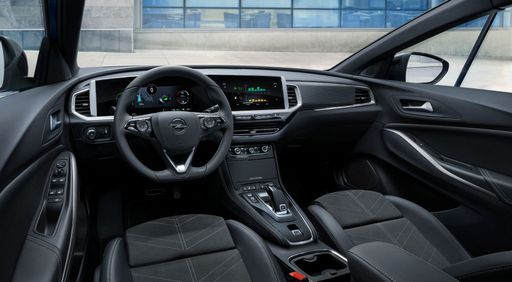 @ media.stellantis.com
@ media.stellantis.com

|

|
|
|
|
Costs and Consumption |
|
|---|---|
|
Price
38500 - 64200 £
|
Price
32600 - 51400 £
|
|
Consumption L/100km
-
|
Consumption L/100km
2.6 - 5.6 L
|
|
Consumption kWh/100km
15.6 - 21.2 kWh
|
Consumption kWh/100km
16.9 - 18 kWh
|
|
Electric Range
440 - 570 km
|
Electric Range
82 - 523 km
|
|
Battery Capacity
63 - 84 kWh
|
Battery Capacity
-
|
|
co2
0 g/km
|
co2
0 - 126 g/km
|
|
Fuel tank capacity
-
|
Fuel tank capacity
55 L
|
Dimensions and Body |
|
|---|---|
|
Body Type
SUV
|
Body Type
SUV
|
|
Seats
5
|
Seats
5
|
|
Doors
5
|
Doors
5
|
|
Curb weight
1955 - 2275 kg
|
Curb weight
1675 - 2325 kg
|
|
Trunk capacity
480 - 520 L
|
Trunk capacity
485 - 550 L
|
|
Length
4655 - 4715 mm
|
Length
4650 mm
|
|
Width
1890 - 1940 mm
|
Width
1905 - 1934 mm
|
|
Height
1585 - 1605 mm
|
Height
1665 mm
|
|
Max trunk capacity
1540 - 1580 L
|
Max trunk capacity
1580 - 1645 L
|
|
Payload
385 - 530 kg
|
Payload
425 - 568 kg
|
Engine and Performance |
|
|---|---|
|
Engine Type
Electric
|
Engine Type
Electric, Petrol MHEV, Plugin Hybrid
|
|
Transmission
Automatic
|
Transmission
Automatic
|
|
Transmission Detail
Reduction Gearbox
|
Transmission Detail
Dual-Clutch Automatic, Reduction Gearbox
|
|
Drive Type
Rear-Wheel Drive, All-Wheel Drive
|
Drive Type
Front-Wheel Drive, All-Wheel Drive
|
|
Power HP
170 - 650 HP
|
Power HP
145 - 325 HP
|
|
Acceleration 0-100km/h
3.5 - 8.5 s
|
Acceleration 0-100km/h
6.1 - 10.2 s
|
|
Max Speed
185 - 260 km/h
|
Max Speed
170 - 220 km/h
|
|
Torque
350 - 770 Nm
|
Torque
230 - 509 Nm
|
|
Number of Cylinders
-
|
Number of Cylinders
3 - 4
|
|
Power kW
125 - 478 kW
|
Power kW
107 - 239 kW
|
|
Engine capacity
-
|
Engine capacity
1199 - 1598 cm3
|
General |
|
|---|---|
|
Model Year
2024
|
Model Year
2024 - 2025
|
|
CO2 Efficiency Class
A
|
CO2 Efficiency Class
A, D, B
|
|
Brand
Hyundai
|
Brand
Vauxhall
|
What drive types are available for the Hyundai IONIQ 5?
The Hyundai IONIQ 5 is available as Rear-Wheel Drive or All-Wheel Drive.
The prices and data displayed are estimates based on German list prices and may vary by country. This information is not legally binding.
